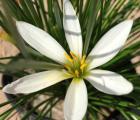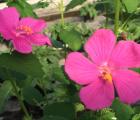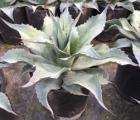BOXWOODS
Creekside Nursery offers two varieties of Boxwoods that can be used in an assortment of landscape applications. Japanese and Wintergreen Boxwoods make great natural or shaped hedges, topiaries and even bonsai art for the discerning grower. Both varieties produce white or creamy yellow flowers, but it’s the beautiful glossy green foliage that makes them a landscape standout. The Japanese applies itself well for screening hedges or doorway planters with its taller height while the Wintergreen’s more compact growth habit works well for planting under windows, in English garden designs or pathway definers. Relatively deer and disease resistant, our boxwoods are very easy to grow plants that require little care other than well-draining soil and work best with filtered sun. Both varieties are available in 1 and 3 gallons sizes.





